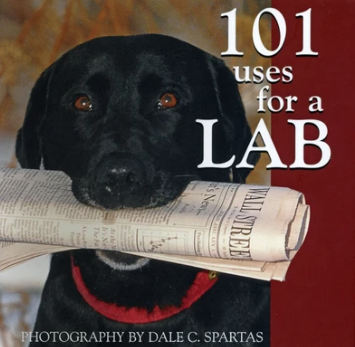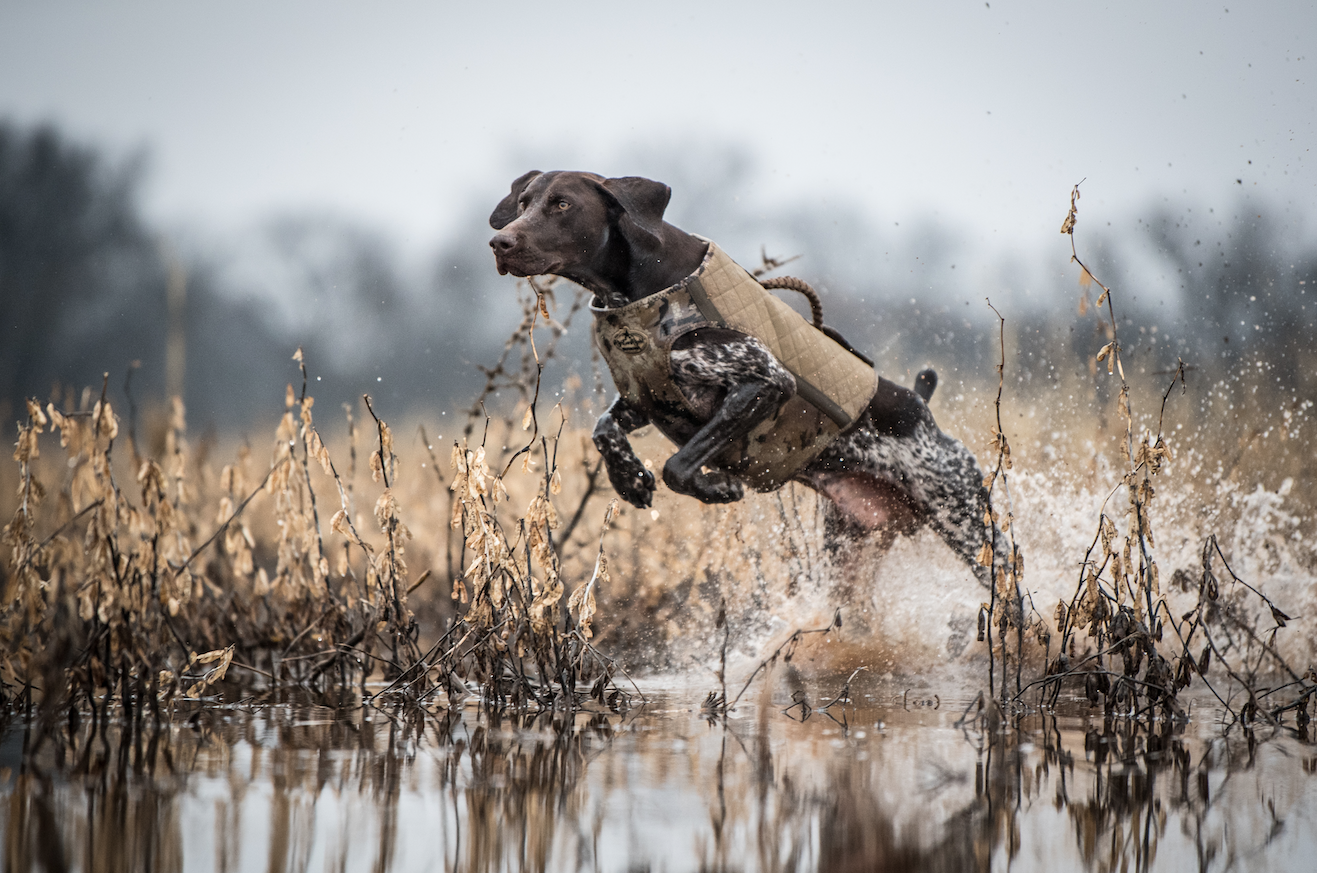Because of developments in brain imaging technology, scientists are beginning to see evidence of “love” for humans within the canine brain.
Dog lovers have a tendency to claim they know exactly what their dog is thinking based on certain behaviors. Even a graying 8-year-old dog can give us “puppy eyes” – that innocent look that signals to us that he is surely guilty of something. We have our own instincts as to what our dogs are thinking and feeling, but can we ever really be sure? Not until recently. Because of developments in brain imaging technology, scientists are beginning to see evidence of “love” for humans within the canine brain. According to several studies, dogs rely on humans more than they do their own kind for everything from protection to affection.
Because dogs navigate the world through their heightened sense of smell, the way the canine brain processes odor is a major factor in understanding the “why” behind canine social behavior and reactions. A recent neuroimaging study by animal cognition scientists at Emory University revealed that the dog owners’ scent sparks activation in the “reward center” of their brain. Despite the overwhelming array of wafting scents, dogs actually prioritized that of humans over variables.
Dogs also rely heavily on their sense of hearing. Researchers at Eotvos Lorand University in Budapest discovered marked similarities in the way dog and human brains process emotionally laden vocal sounds by testing dog brain reactions to meaningful voices, grunts and sighs. In particular, “happy” sounds light up the auditory cortex in both dog and human brains. No wonder we feel such a bond with our dogs! They are physically wired to pick up on our subtle mood changes.

“It’s very interesting to understand the tool kit that helps such successful vocal communication between two species,” Attila Andics, a neuroscientist and lead author of the study, shares. “We didn’t need neuroimaging to see that communication works [between dogs and people], but without it, we didn’t understand why it works. Now we’re really starting to.”
Dogs are also the only non-primate animal to look people in the eyes. As Andics discovered in another study, dogs seek out eye contact from people, but yet not from their biological dog parents. “Sometimes our intuition about what’s going on inside dogs’ heads is dead-on,” said Laurie Santos, the lead researcher at Yale’s Canine Cognition Center. “Like, that dogs are seeking out help from us — and that’s true based on studies — which is different from even their closest relatives, wolves.”
So the next time you return from a long trip to see your dog thumping his tail profusely, desperate to lick your face, and you wonder if he really did miss you while you were gone…he did!
 A whimsical look at the many roles your beloved Labrador Retriever plays in your life. Just a sample of his many hidden talents include canine garbage disposal, security alarm, world-class athlete, border patrol agent, devoted fishing buddy and low-cost dishwasher.
A whimsical look at the many roles your beloved Labrador Retriever plays in your life. Just a sample of his many hidden talents include canine garbage disposal, security alarm, world-class athlete, border patrol agent, devoted fishing buddy and low-cost dishwasher.
This picture book consists of photos and short captions describing some of the myriad ways in which Labrador Retrievers and their humans interact. The adorable and hilarious photography in this book perfectly captures all the heartwarming, endearing characteristics that make him your best friend. Buy Now




